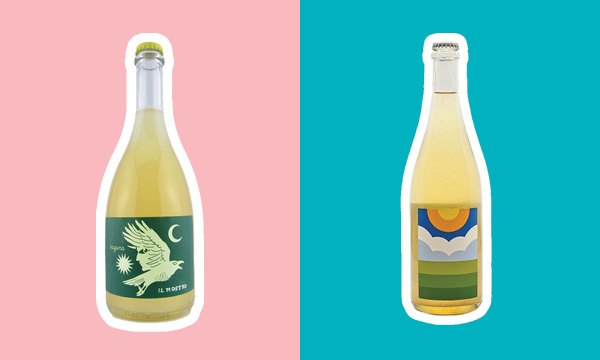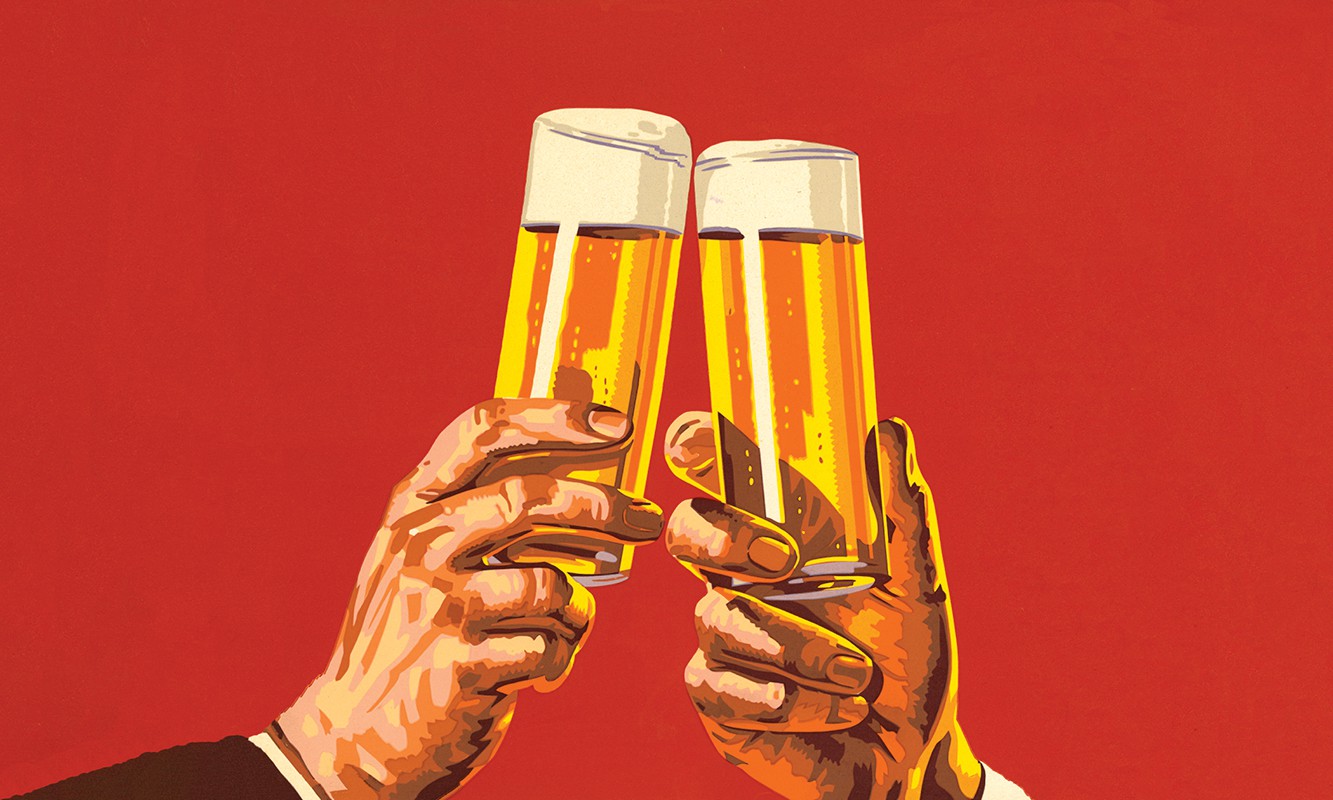This content has been archived. It may no longer be relevant
The wine business is both ancient and achingly trendy.
It is a place where thousands of years of human traditional ingenuity collides heavily against the passing fads of high fashion. Nothing says more about us in polite company, it seems, than what wine we choose to drink.
And so too with the latest of trendy wines – the ‘pét-nat’. Except, these wines are both as ancient in production as they are trendy pours in hot bars.
“It’s what the cool kids are drinking”, says one boutique wine store old hand, “Most of our sales of pét-nat wines are to people aged twenty to thirty. Although sometimes when they say pét-nat, they really just mean natural or low intervention wine.”
So what is this mysterious fancy of the new generation?
“Pét-nat” is a shorthand for the French winemaking term pétillant naturel which roughly translates to natural sparkling. It is an expression of the process of how the wine is made. Pét-nat wines can be from anywhere, using any grape variety or blend and there is no real regulation of the term.
But the common thread that brings these wines together is that they are usually single fermentation sparkling wines made using the French méthode ancestrale technique and often feature low intervention by the winemaker.
The méthode ancestrale technique is the oldest and most ancient way to make sparkling wine which was used centuries before they ‘invented’ sparkling wine in Champagne. The Limoux appellation in Cathar country in the deep south of France claims that their Benedictine monks at the local Saint-Hilaire Abbey first developed the technique of fermentation in the bottle to create bubbles.
In this method, the winemaker bottles the wine quickly before the yeast finishes fermenting all the sugars from the grape juice into alcohol. Once trapped in the bottle the fermentation continues but the carbon dioxide given off by the process can not escape into the air and is absorbed into the wine creating the effervescent we know and love.
The relatively simple technique used in méthode ancestrale wines usually does not include filtering giving the wine a rustic character and often a cloudy appearance. Funky is sometimes the term to describe the impact on the flavor profile left by keeping in the tiny bits and pieces normally removed in commercial winemaking to give a pleasing appearance.
The renaissance of méthode ancestrale as pétillant naturel came out of boutique producers in the Loire Valley. The story goes that in the early 1990s, French winemaker Christian Chaussard, found that one of his wines had begun re-fermenting in bottle.
After tasting this accidentally fizzy wine, Chaussard researched the méthode ancestrale and looked to share his discovery with his friends and a knowing few. It is said Chaussard coined the term pétillant naturel and a movement starting growing for these wines around Chaussard’s friends in the Loire and their American wine industry contacts.
From humble beginnings, pét-nat was firmly on the table in France by 2010 and quickly moved into the wider wine world in the few years that followed. While Australia had been slow to get on board, the wave had definitely broken here prior to the pandemic and looks to ride strongly into shore as hospitality restrictions continue easing.
Just as the start of pét-nat was winemaking friends in the Loire, in this country young and sustainability-conscious small producers are its champions.
Pét-nat has proved alluring to a new generation of wine consumers looking to find their niche by supporting more natural and sustainable winemaking and lower levels of alcohol. These wines appeal as being exclusive, non-mainstream and non-commercial – almost counter-cultural wines.
They still have that edgy underground feel, despite growing popularity. For how long they remain underground is hard to say as Dan Murphys now has an online section dedicated to pét-nat.
The revolution of these crazy, cloudy, ancient, rustic and funky wines is not for everyone, unless you happen to be a cool kid.
The Tasting
Two examples of pét-nat were subjected to inspection to see what all the fuss was about.
The first was the Ragana Il Mostro 2020 Terre di Chieti Bianco Frizzante IGT, which was the colour of cloudy apple juice in the bottle and had the most beautiful label for a self-proclaimed monster of a wine. Pouring into the glass there was a volcano of fizz which quickly dissipated and showed large and languorous beading rising to the surface of the wine. The nose was a wild mix of lime and brioche and an undercurrent of danger.
The palate was remarkable. It commenced with a forward spritz on the attack followed by a more restrained almost sherbet-like fizz on the tongue. The flavours were quite complex but unorthodox, it was dry and with a cider-like note showing earthy forest floor and tobacco initially. There was a slight hint of fruit into the long palate but it was a truly rustic and unique experience. Certainly not a bad wine, but a different world completely from a Soave or Pinot Grigio.

The second was the local hero, Range Life 2020 Pet Nat Victoria Chardonnay, where the wine in the bottle had a distinctive cloudy colouring. In the glass, it was the colour of straw with haze and possessed a very slow popping beading rising for air. The nose was more orthodox than the Italian example but it still possessed the wild abandon of a heady mix of sweet peach sundae and porcini mushroom.
On the palate, there was an initial hit of acid upfront followed by a burst of fizzy bubbles and a tang in the mouth. This gave way quickly to a building impression of crisp early season stone fruit flavours cut by a thrust of lime and a final lingering clean and bready finish. A wild colonial wine with echoes of Victorian chardonnay but really from another planet entirely. Remarkable and thoroughly different.
The two wines were challenging to examine and compare as they hark back to more ancient winemaking and flavours to which modern consumers are not accustomed. On the day, the Range Life was preferred over the truly other-worldly Monster.










One Response
A nice enough article, but I doubt the author has much credibility or experience in wine. What kind of name is Matt Dunn? Surely that is a pseudonym? And, who are the cool kids, I doubt your so-called ‘Matt Dunn’ has ever met them?